Siemens Q250 50 Amp Circuit Breaker for Level 2 EV Charging
The Siemens Q250 50-Amp double pole breaker offers reliable overload and short-circuit protection for both hardwired and plug-in 40A EV charger installation branch circuits, with plug-in mounting for Siemens PL and ES series panels.
The Siemens Q250 is a 50 Amp, 2-pole, plug-in style circuit breaker I recommend for 240V Level 2 EV charger installations that demand stable, long-term performance from modern load centers. This UL-listed breaker is part of Siemens’ Type QP series and is engineered for seamless integration into Siemens PL and ES series load centers, which are common in newer residential electrical panels.
As an EV charger installer, I regularly encounter homeowners installing high-output EV chargers, especially popular NEMA 14-50 models that require a reliable breaker capable of safely delivering 40A continuous loads on a 240V circuit. Compared to other panels like Zinsco and Federal Pacific that require replacement circuit breakers, Siemens panels are easier to work with when installing 40A plug-in EV chargers and hardwired EV chargers thanks to the availability and affordability of compatible 50A breakers such as the budget-friendly Siemens Q250 50A circuit breaker.
If you have a Siemens PL or ES series load center and plan to install a fast Level 2 EV charger, the Siemens Q250 is an excellent, budget-friendly choice that doesn’t compromise on quality. It features a 10,000 AIC interrupt rating, thermal-magnetic protection, and Insta-Wire terminals that simplify EV charger circuit installation.
This Siemens Type QP breaker mounts securely into compatible Siemens load centers and acts as the key protection component of a dedicated 50A EV charger branch circuit for use with a 40A EV charger. During our testing, the breaker was installed in a Siemens PL series panel on a new construction home using a NEMA 14-50R outlet and the NEMA 14-50 Emporia Pro EV Charger, delivering a continuous 40A Level 2 EV charging continuous load with zero EV charging voltage drops or nuisance dedicated 50A EV charger circuit breaker tripping.
We wired the double pole Siemens Q250 into a dedicated EV charging circuit featuring 6 AWG solid copper THHN conductors in a ¾-inch EMT conduit. The ground and neutral were bonded to the panel’s busbars according to NEC standards, and the NEMA 14-50 outlet was protected using an in-use weatherproof cover. Installation was quick and secure — the breaker snapped firmly into the busbars and maintained a solid connection throughout testing.
Across more than 15 charging sessions with the 40A Emporia Pro EV Charger – including full overnight charges in high ambient temperatures – the Siemens Q250 circuit breaker and the EV charging branch circuit components and accessories delivered stable, uninterrupted EV charging with no signs of thermal stress, arcing, or contact chatter. This reliable performance is a direct result of Siemens’ high-quality manufacturing standards and the robust design of their Type QP thermal-magnetic circuit breakers.
Wiring the Siemens Q250 Breaker for a 240V Level 2 EV Charger
When wiring the Siemens Q250 breaker for a 240V 40A EV charger, proper configuration is essential for safety, NEC compliance, and long-term reliability. In our test installation, we used a NEMA 14-50 EV charging branch circuit with a standard 4-wire setup: L1, L2, Neutral, and Ground. The Q250 is a versatile breaker that supports both 3-wire and 4-wire branch circuit configurations.
When installed as a dedicated EV charger circuit breaker the Siemens Q250 offers reliable EV charger branch circuit protection against electrical shock, fire hazards, voltage spikes, and surges – whether you’re using NEMA 14-50 or NEMA 6-50 outlets, or opting for a hardwired connection, depending on your EV charger’s plug type and your panel’s wiring layout.
Below are the most common EV charger branch circuit wiring methods used with the Siemens Q250 breaker, including configurations and wiring diagrams for code-compliant EV charger installations.
EV Charger Wiring – 240V (4-Wire: L1, L2, Neutral, Ground) – Q250 Breaker
The NEMA 14-50 EV charger is one of the most common options for Level 2 EV charging, supporting the standard 4-wire branch circuit: L1, L2, Neutral, and Ground. For installations using NEMA 14-50 EV chargers – such as the Grizzl-E Classic, Tesla Mobile Connector with NEMA 14-50 adapter, or Lectron Level 2 EV Chargers – the Siemens Q250 breaker is an ideal, budget-friendly solution for their circuit protections. It’s compatible with Siemens PL and ES series load centers and supports full 4-wire configurations used in this popular EV charger wiring configuration.
In this setup, two hot conductors connect to the double-pole Q250 breaker, while the neutral and ground wires are terminated at their respective busbars. Installers typically use 6 AWG THHN solid copper conductors for safe current handling, NEC compliance, and efficient power delivery to the NEMA 14-50 EV charger outlet.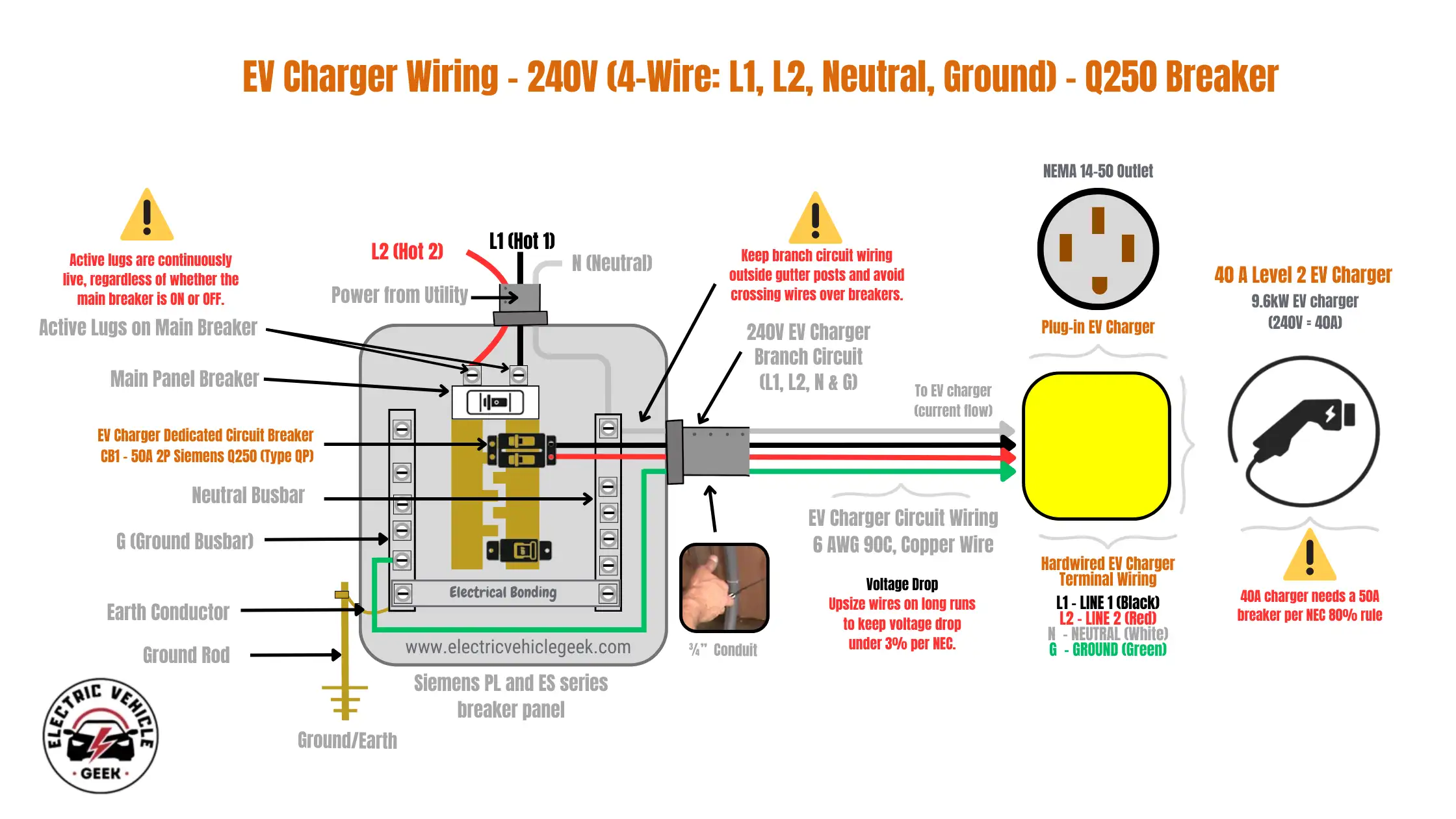
This 4-wire configuration is not only suited for plug-in NEMA 14-50 EV chargers, but also commonly used in 40A hardwired EVSE installations or when converting a NEMA 14-50 plug-in EV charger to a hardwired setup. It ensures broad compatibility with most Level 2 EV chargers and meets code requirements for modern residential installations.
Compatible Level 2 EV Chargers for This Wiring Setup
EV Charger Wiring – 240V (3-Wire: L1, L2, Ground) – Q250 Breaker
Some hardwired EV chargers, such as the Tesla Wall Connector or hardwired versions of the Emporia Pro EV Charger, operate without the need for a neutral conductor. In these installations, the charger should be amperage-adjusted to 40A. The dedicated Siemens Q250 breaker protects a 50A EV charging circuit in a 3-wire configuration, which includes two hot conductors and one ground wire – common in EVSE setups that don’t require a neutral, such as with NEMA 6-50 EV chargers (e.g., the NEMA 6-50 Grizzl-E Smart EV Charger).
For these configurations, we recommend using 6 AWG copper conductors, ensuring the ground wire is securely bonded to the panel’s ground busbar as shown in the wiring diagram below. This 3-wire setup remains fully NEC-compliant for 240V-only EVSE installations and is ideal for dedicated hardwired EV chargers.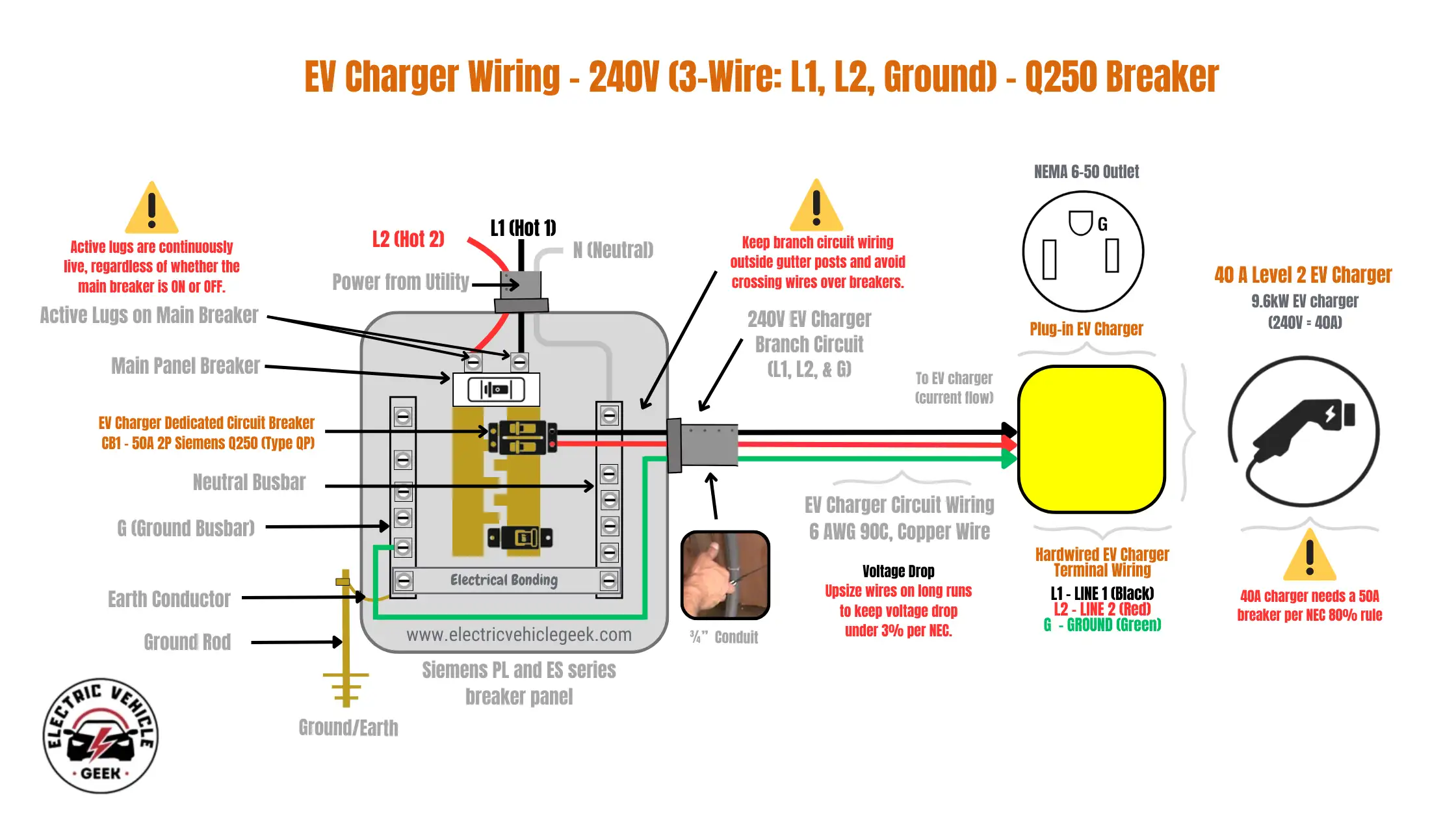
Compatible Level 2 EV Chargers for This Wiring Setup
The Enphase IQ 50 40 Amp Smart EV Charger delivers 9.6kW of power at 240V with a hardwired installation and a 25ft cable. Featuring Wi-Fi connectivity, a ruggedized J1772 connector, and safety certifications, it ensures reliable, efficient charging. Backed by a 5-year warranty, it's ideal for home use and future-proofing.
EV Charger Wiring – 240V (3-Wire: L1, L2, Neutral, No Ground) – Q250 Breaker
Although rare in new EV charger installations, some retrofit setups still encounter legacy 3-wire configurations using L1, L2, and Neutral, with no dedicated ground. While the Q250 can technically support this setup, such as in NEMA 10-50 EV charger installations (as shown in the wiring diagram below), 3-Wire: L1, L2, Neutral, No Ground EV charging branch circuits are not recommended unless local code specifically permits it and the EV charger explicitly allows for this configuration. For safety and modern code compliance, we strongly advise upgrading to a 4-wire or 3-wire with ground configuration whenever possible.
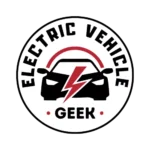

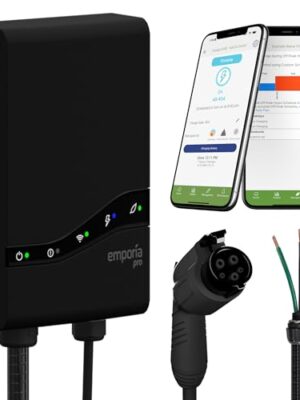
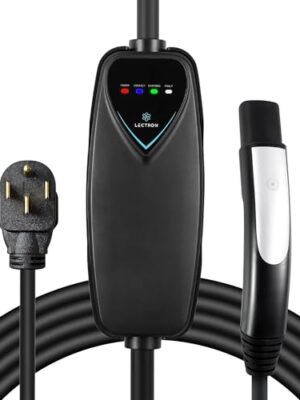
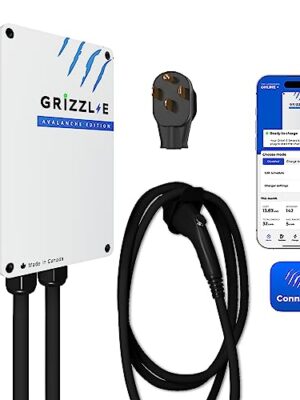
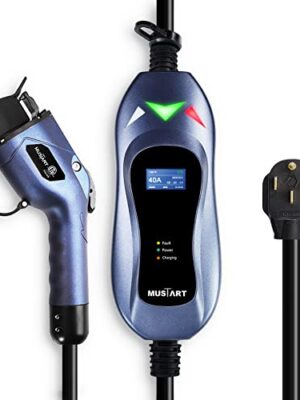
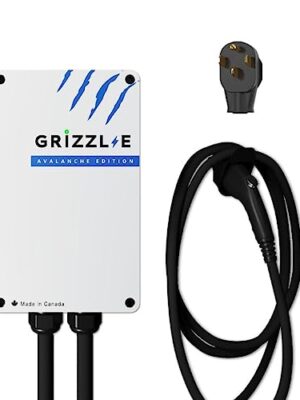
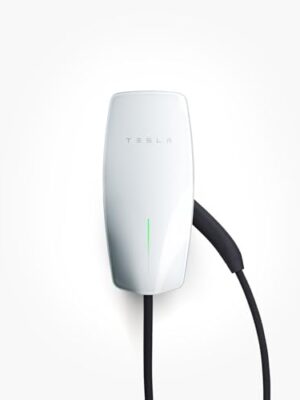
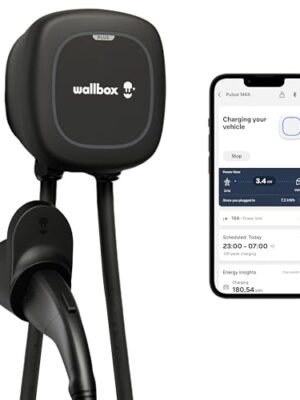
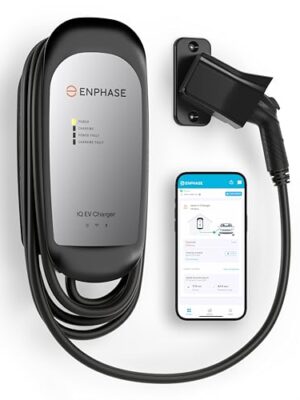
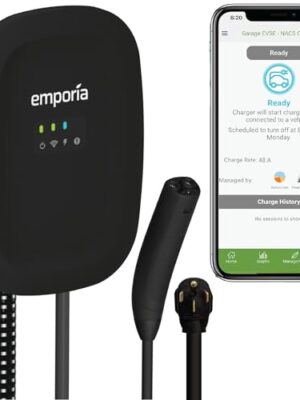
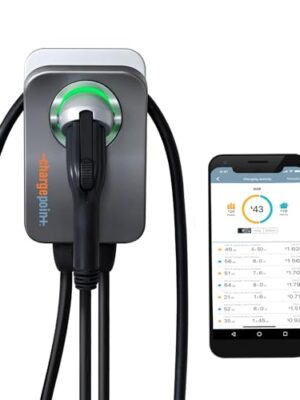
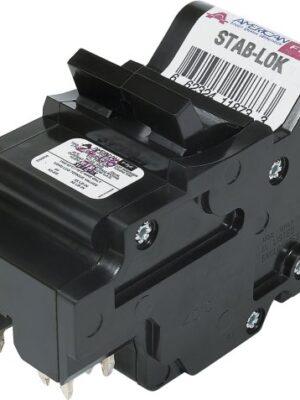
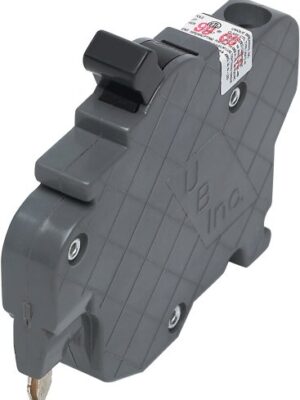
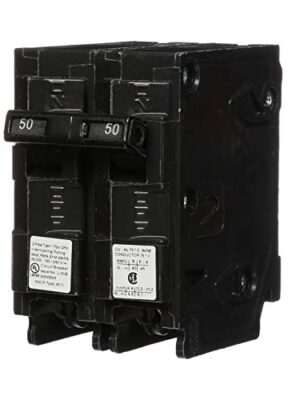
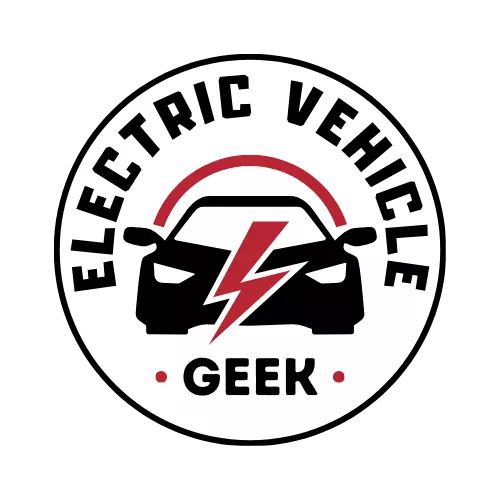
There are no reviews yet.